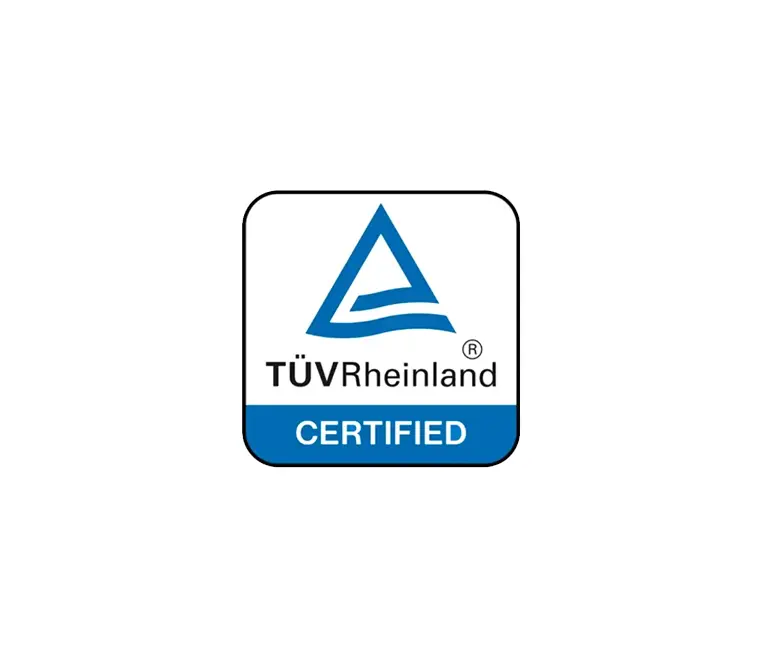Simpler, Faster Certification
The QNX® Hypervisor for Safety is the safety-certified variant of the QNX® Hypervisor. Pre-certified by TÜV Rheinland to ISO 26262 ASIL D, IEC 61508 SIL3 and IEC 62304 Class C, it offers simpler and faster certification of your automotive, industrial, and medical mission-critical systems.
With non-safety OSs (Android™, Linux®) contained in QNX Hypervisor for Safety virtual machines, you can focus your certification efforts and funds on certifying only your safety-critical components.

Safely Manage Diverse Guest Systems
The QNX Hypervisor for Safety lets you manage multiple guest systems on a single system on a chip (SoC), including unmodified Android and Linux.
The QNX Hypervisor for Safety separates and isolates guest systems from each other in its safety-certified virtual machines, so you can consolidate diverse systems with different functional safety requirements on one ARM or x86 SoC. With guests contained in virtual machines, you can deploy your safety-critical virtualized system confident that each system is isolated and protected from outside interference, whether due to error (bugs) or malicious intent.
Versatile Virtualization Model
The QNX Hypervisor for Safety leverages the latest ARMv8 and x86-64 virtualization extensions to offer versatile virtualization solutions with guest systems and the hypervisor itself contained and isolated.
OSs and their applications can run as guest systems in thin virtual machines, limiting the hypervisor to handling events and exceptions. Just as easily, guest systems can run in virtual machines, but with a full system implemented directly on the hypervisor (“bare metal”).
Devices in a QNX Hypervisor system can be physical devices (including pass-through devices) or virtual devices, including emulation and para-virtualized devices from our virtual device library. Diverse OSs share the same SoC, and they can share physical devices, reducing product hardware costs.


Familiar Development Environment
The QNX Hypervisor for Safety includes a virtual device developer’s API reference and a developer’s guide, complete with examples of virtual device source code you can use as models, including para-virtualized devices built to the VirtIO standards.
The QNX Hypervisor for Safety is fully API-compatible with the QNX® Neutrino® RTOS, so you won’t need any ramp-up time to begin work: You’ll develop non-safety and safety-critical applications on the same foundations, and you’ll be able to continue working in the QNX® Software Development Platform’s POSIX-compliant environment and using the QNX® Momentics® Tool Suite.

Certify Your Code, Not Your Toolchains
A safety-certified foundation and qualified toolchains mean that you’ll have confidence in the software you build, and you’ll have a quick and smooth certification process.
With the QNX Hypervisor for Safety you’ll be able to build your systems with C and C++ toolchains (including pre-certified math libraries) classified as TCL3 and T3 according to ISO 26262 ASIL D, IEC 61508 SIL3 and IEC 62304 Class C. You’ll need to certify only the parts of the system you build, not the foundational OS and services or the toolchains you use to build them.
Learn more about the QNX Hypervisor and QNX Hypervisor for Safety
Related Products and Services




